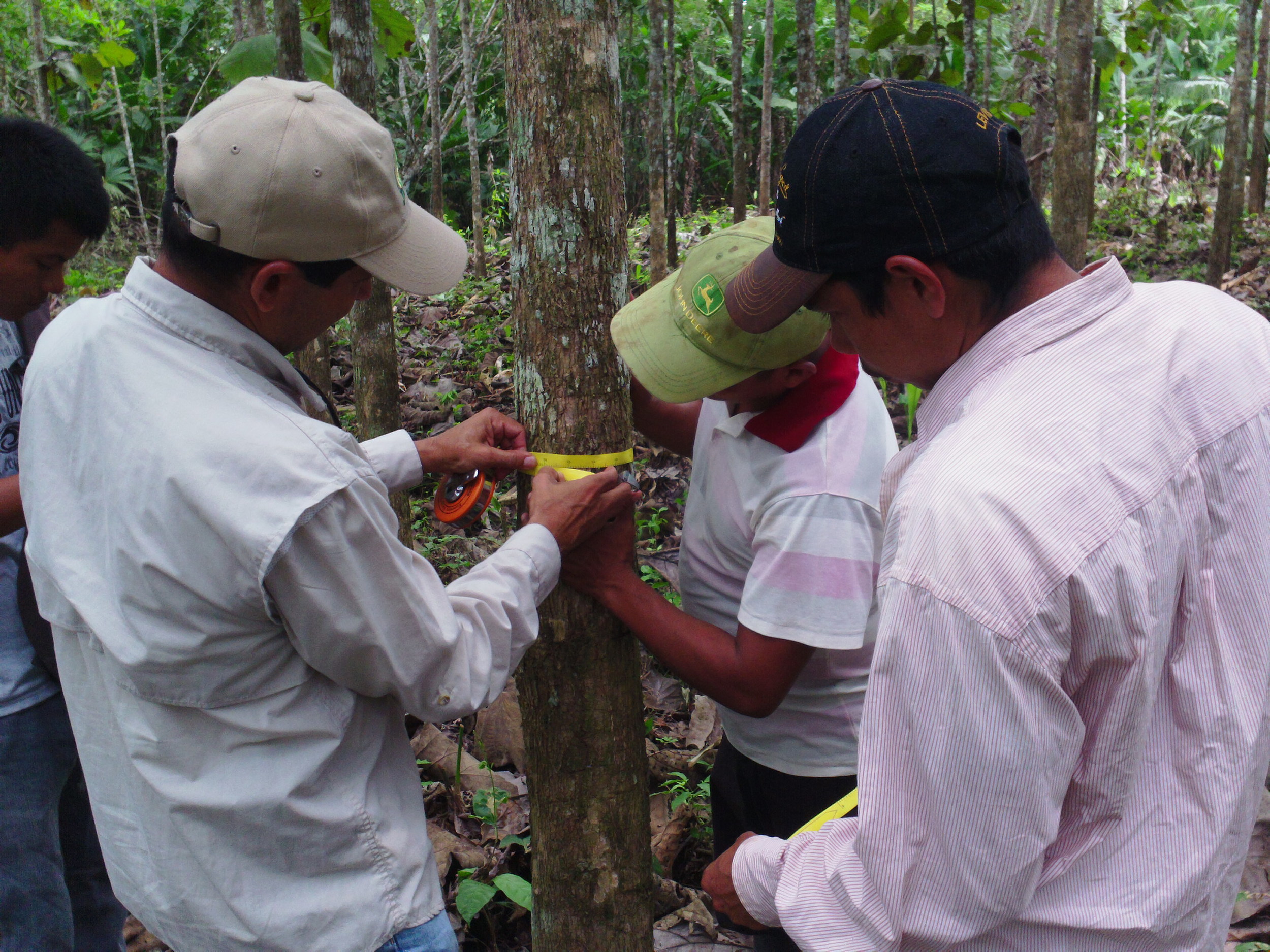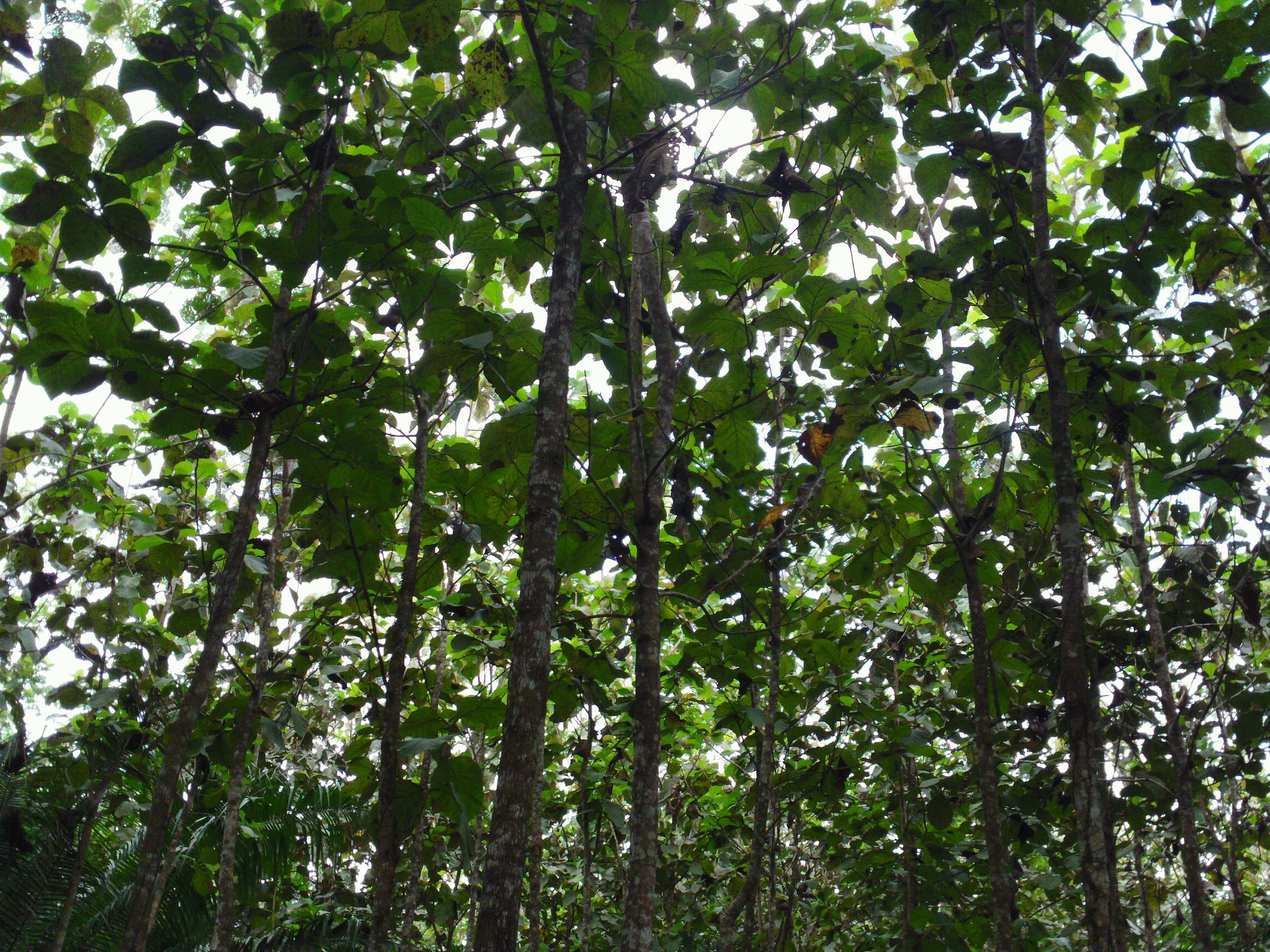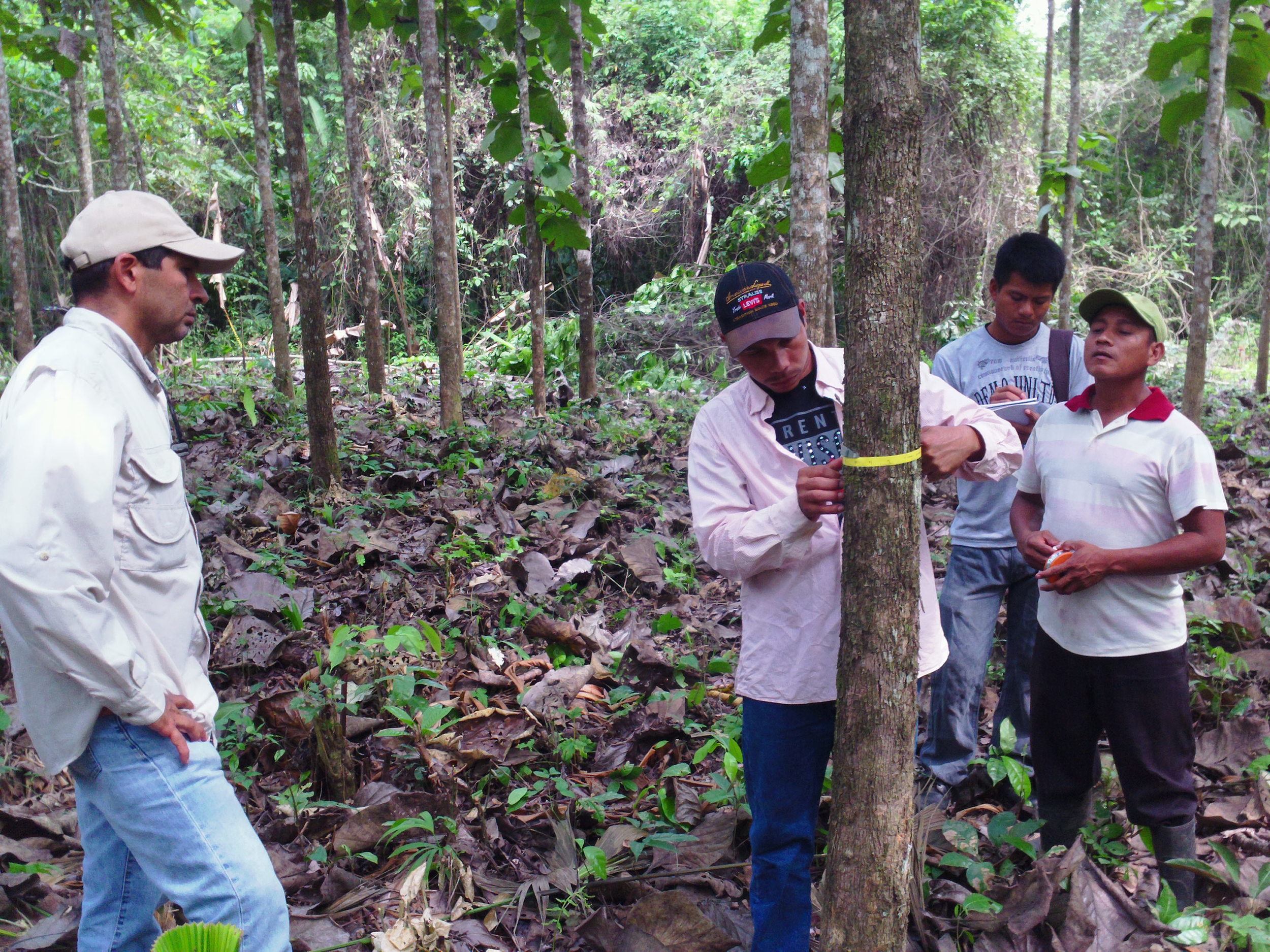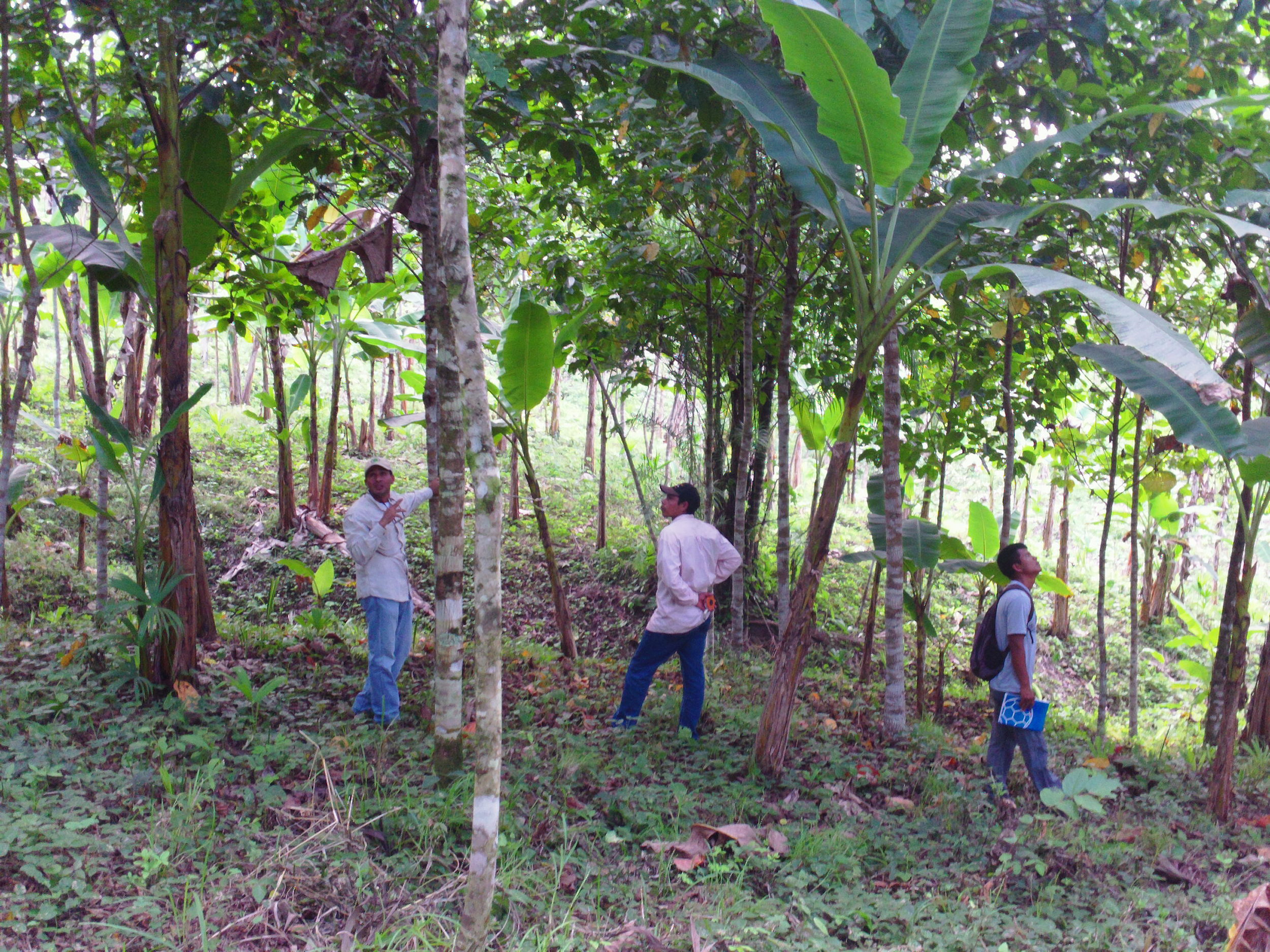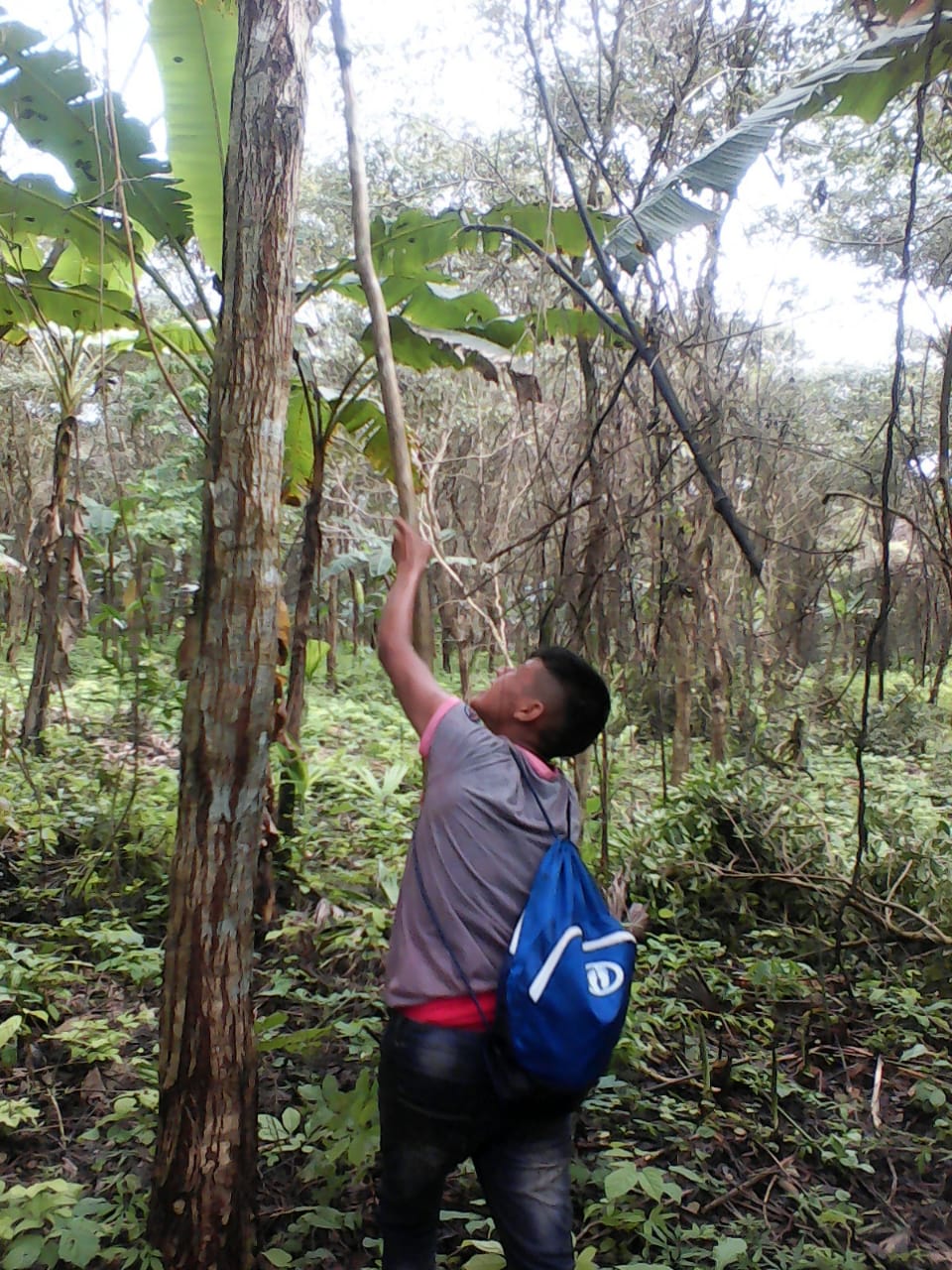The Skinny on Thinning
/The dry season in Panama (January to April) brings sun, passable roads, and a lot of work for foresters. In December of 2013, we bought a small Stihl 250 chainsaw for the work ahead. The most pressing issue was thinning out the stands of teak: at about year seven, teak experiences acopamiento, or crowning, when the tops of the trees, initially planted at 3 x 3 meters start to touch. They were planted at this density to stimulate growth through competition for sunlight and soil nutrients. However, seven years later, the limiting factors of the site create a growth disparity: some trees grow crooked due to bad genetics , while others grow very slowly and will not produce quality wood.
So when the crowning begins, we consider the corresponding root structure: growth will be limited when the roots of the trees start intersecting and competing for nutrients. The competitive stress of nine year trees versus seven year trees planted at 3 x 3 is huge (there is important growth and the trees need space). Knowing this, we called in Carlos Espinosa, a forester who has worked with us for several years, to train the staff on how theory and field practice of thinning.
A lot of people who begin in forestry understandably start to love the trees and don't want to thin them (aka “killing the trees”). However, it is necessary to thin on time for the healthy growth of the trees, and for ideal timber returns in the future.
This first thinning won't be profitable, meaning we won't sell commercially viable wood, but it is a necessary investment for the future harvests. We are negotiating with a local compan that may buy our thinnings to make wood chips, and we will also be producing biochar for our internal use. At year 25, we'll have completed three thinnings total, and reduced the initial 1100 trees per hectare to 200 for that final harvest.
The process of thinning is systematic, but there is also an art to it. First, a minimum 10% of the trees on a plot have to be measured for DBH (Diameter at Breast Height) to have a sample average of the population. We choose plots based on the area's growth, which is dependent on the physical conditions, i.e. slope, soil, etc.
The first to be thinned are sick trees, then deformed trees (not straight or with multiple trunks) followed by a DBH less than the average, and lastly trees that affect surrounding trees growth due to spacing. Liriano, our field technician, takes all these factors into account, then marks the selected trees with a red X. Then our chainsaw technician cuts them down, taking care not to harm our plantains or surrounding trees.
According to Carlos' calculations, 195 trees are cut per thinning for the native species, and 82 of teak per hectare. The native species do not need a thinning at this point as they have not experienced crowning, though we did prune those nine hectares in February.
Now that we have been trained and are applying our knowledge in our fields, we have been talking to the community of Arimae to offer our services to help thin their 15 hectare native species plot of mahogany, spiny cedar, and spanish cedar. Due to lack of management, the 15 year plot was never thinned, but now that we have trained local community members, we are able to collaborate with and enrich the community.

